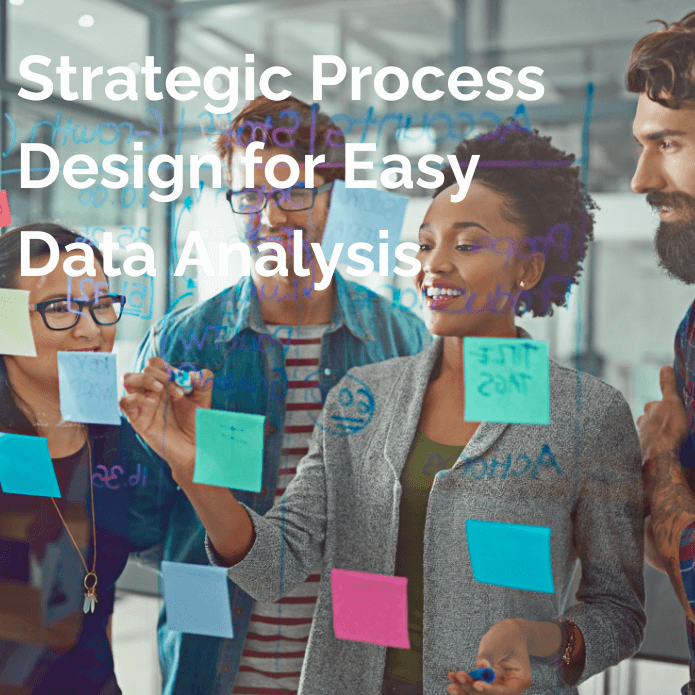A few simple ideas to gather easy-to-analyze grant information from the start
Your marketing team needs a program description for all the programs that received funding this year. Your resource development team is asking how many meals were delivered to homes by your partners last year. The finance committee would like to know the amount requested by programs within each focus area over the last two years. By the way, all of them need this information today.
You’ve got this! You have been making sure good stuff gets into your system so good stuff comes out when you need it (we know the saying is “garbage in, garbage out” but our glass is half full today!).
The way you ask for information in your processes is a key ingredient to getting all of this “good stuff” out and can be the difference between hours of manual collection and a few simple report-generating clicks.
Let’s look at a few simple ideas to help gather good and easy-to-analyze information from the start.
• Use the Right Type of Question – Need the number of individuals served? Use a question that allows only numeric answers. Asking for a web address? Use a website field so only a website will be accepted as a valid answer. When you use the appropriate fields in a process it mitigates mistakes and gives you data that can be effortlessly reported and aggregated.
• Break up Multi-Part Questions – “Please provide the number of community partners engaged in your program’s services, how they are contributing, and how you are tracking shared progress toward your goals.” This question will lead to a hefty narrative response that will require a good bit of sifting through to get the information you need. Breaking this into three questions with the appropriate question types will allow simplified evaluation of the responses individually and across programs.
• Use the Most Effective Form – Requesting demographic information for clients served by a program in a form that typically collects narrative information can lead to data being supplied inconsistently and hinder aggregation and analysis. Selecting the best form type for the information you are requesting will streamline entry for program staff and facilitate creation of powerful reports for your team.
• Move Key Data Out of Attachments – Collecting documents is a great way to receive important supporting information in an application or report process. If there are important data points within those documents that will be analyzed or aggregated, include them as questions within your online forms so you may generate reports rather than reading and hand-tracking them one-by-one.
• Let the System do the Math – Collecting performance measurement, demographic, and financial information? Let the system do the math for you with automatic calculations to ensure you are receiving accurate data.
• Track it All in the System – Your grant and impact management system’s reporting capabilities will be no help if the information you need to get to quickly isn’t entered in it! Fully leveraging your system’s features not only allows you to quickly get the information you need today, it makes it possible to track history and trends for ongoing analysis.
Seabrooks is committed to your success with staff that has a full spectrum of experience and a grant and impact management system as flexible as you are. If you are ready to explore how the right system can support your work, reach out to the Seabrooks team at sales@seabrooks.com.
